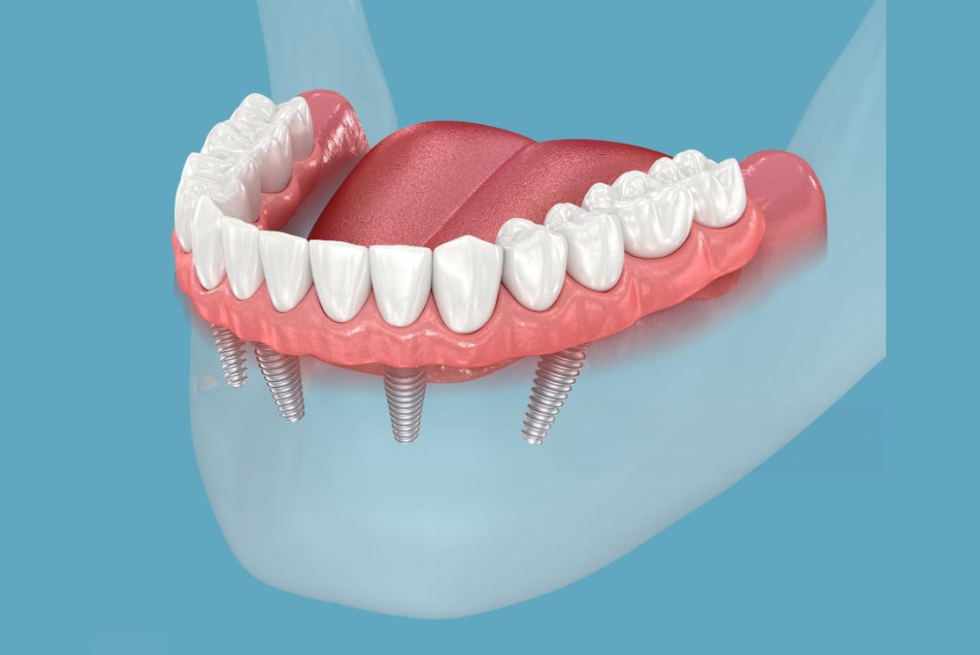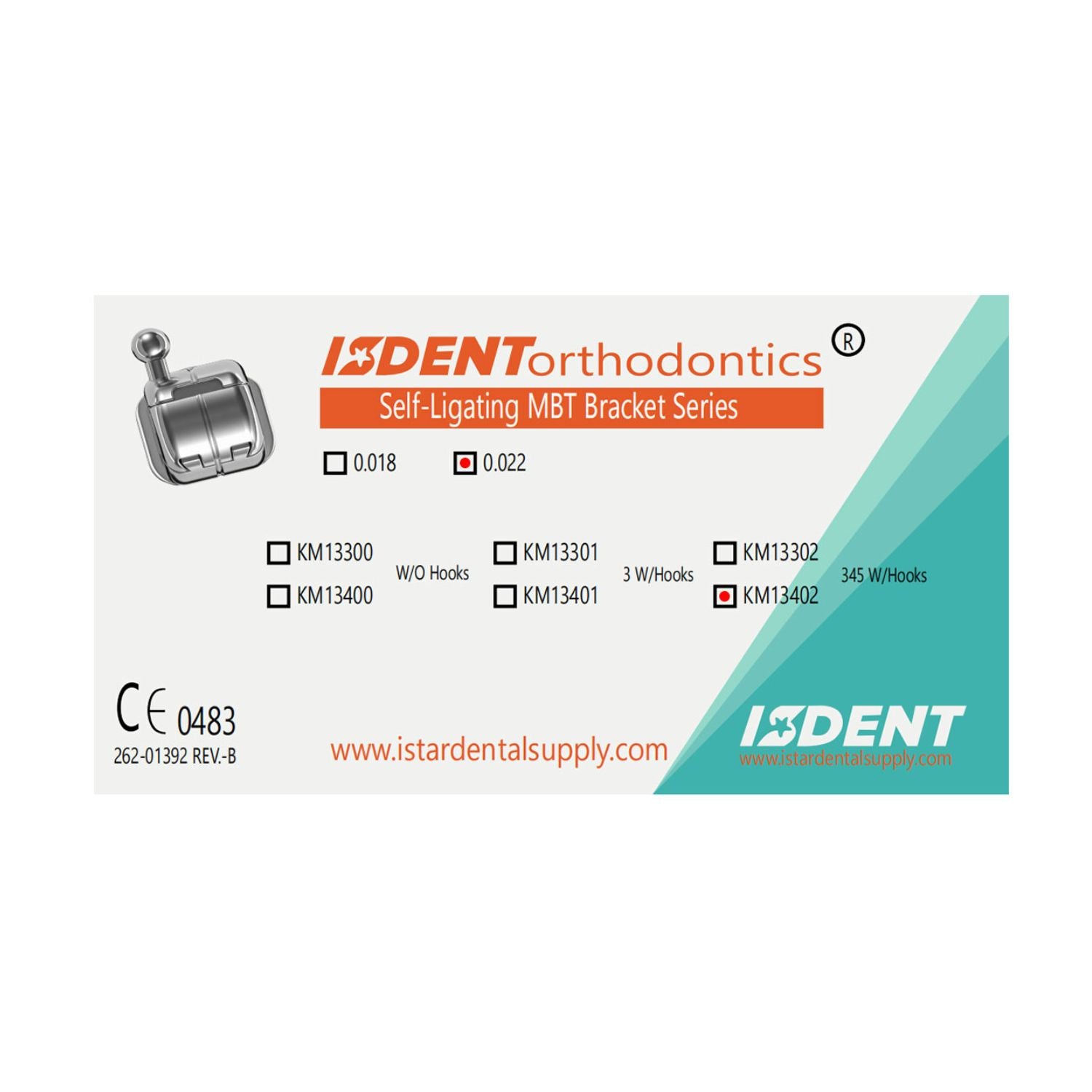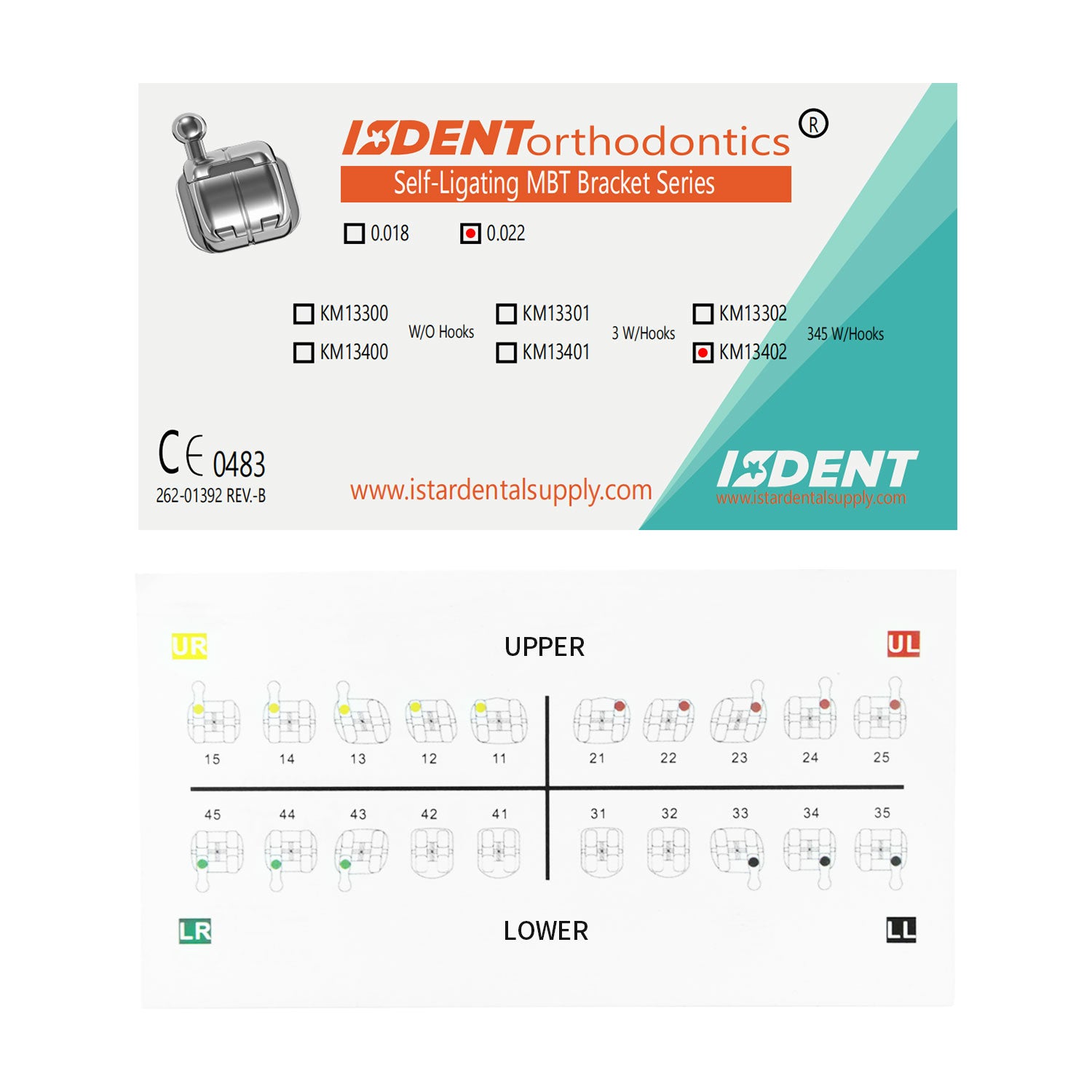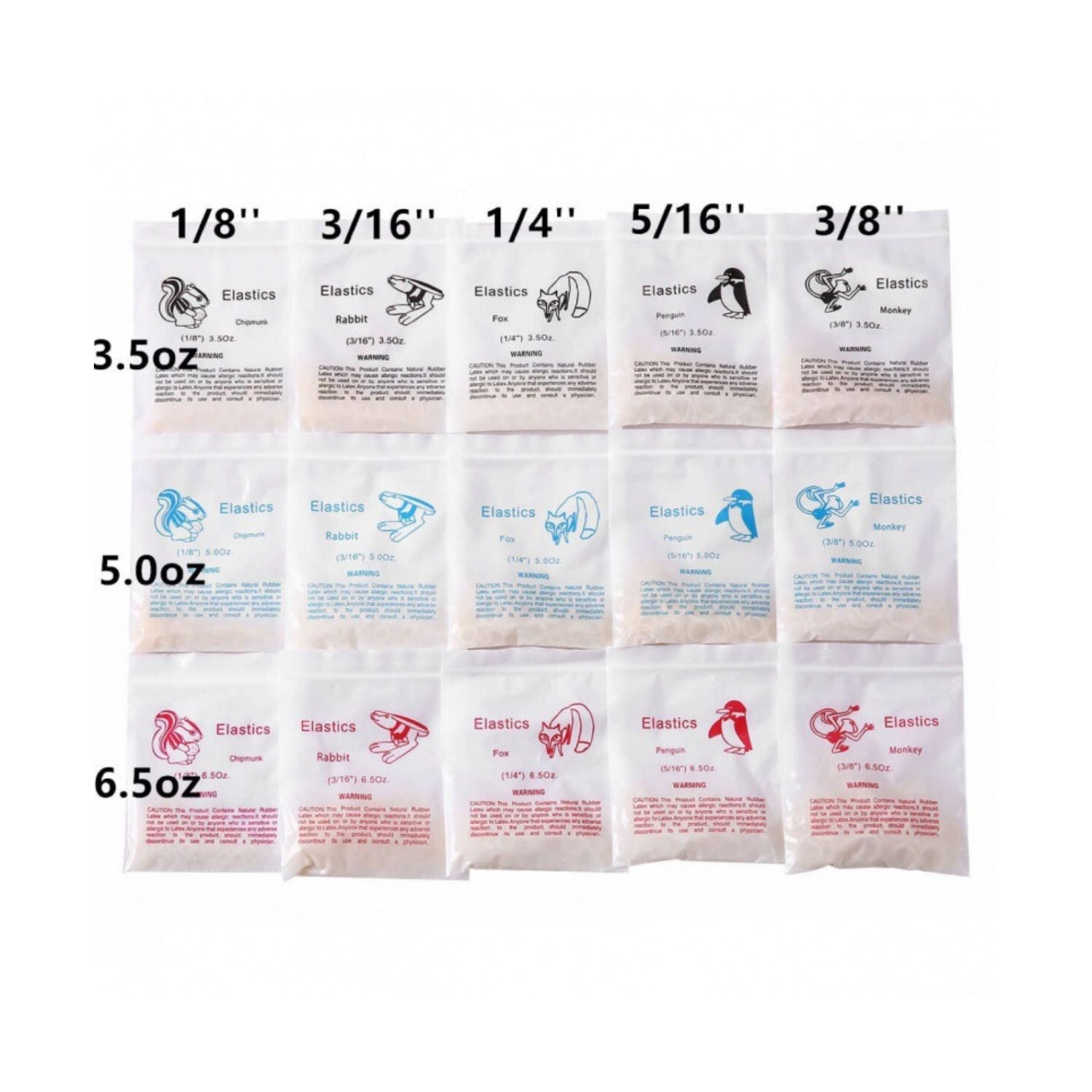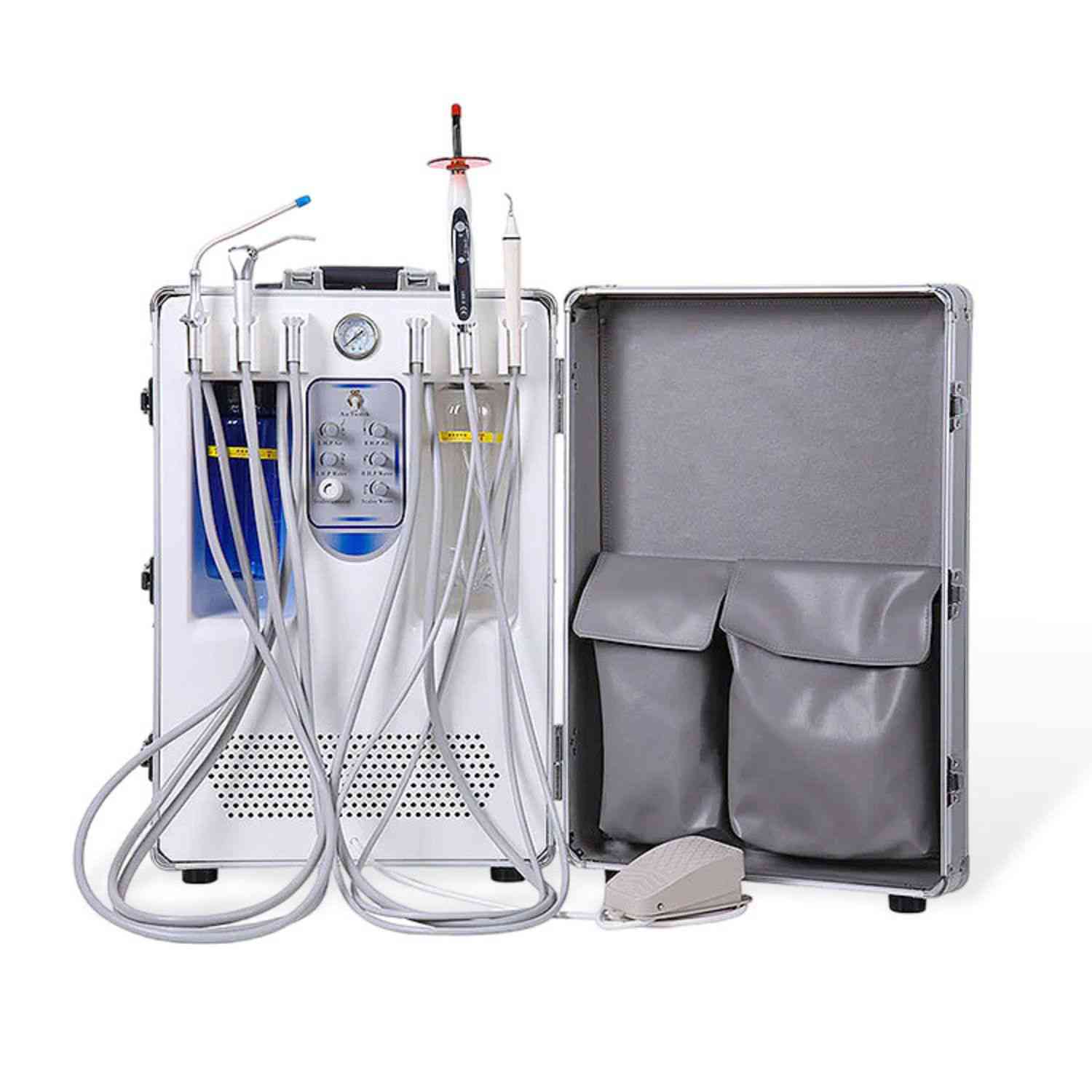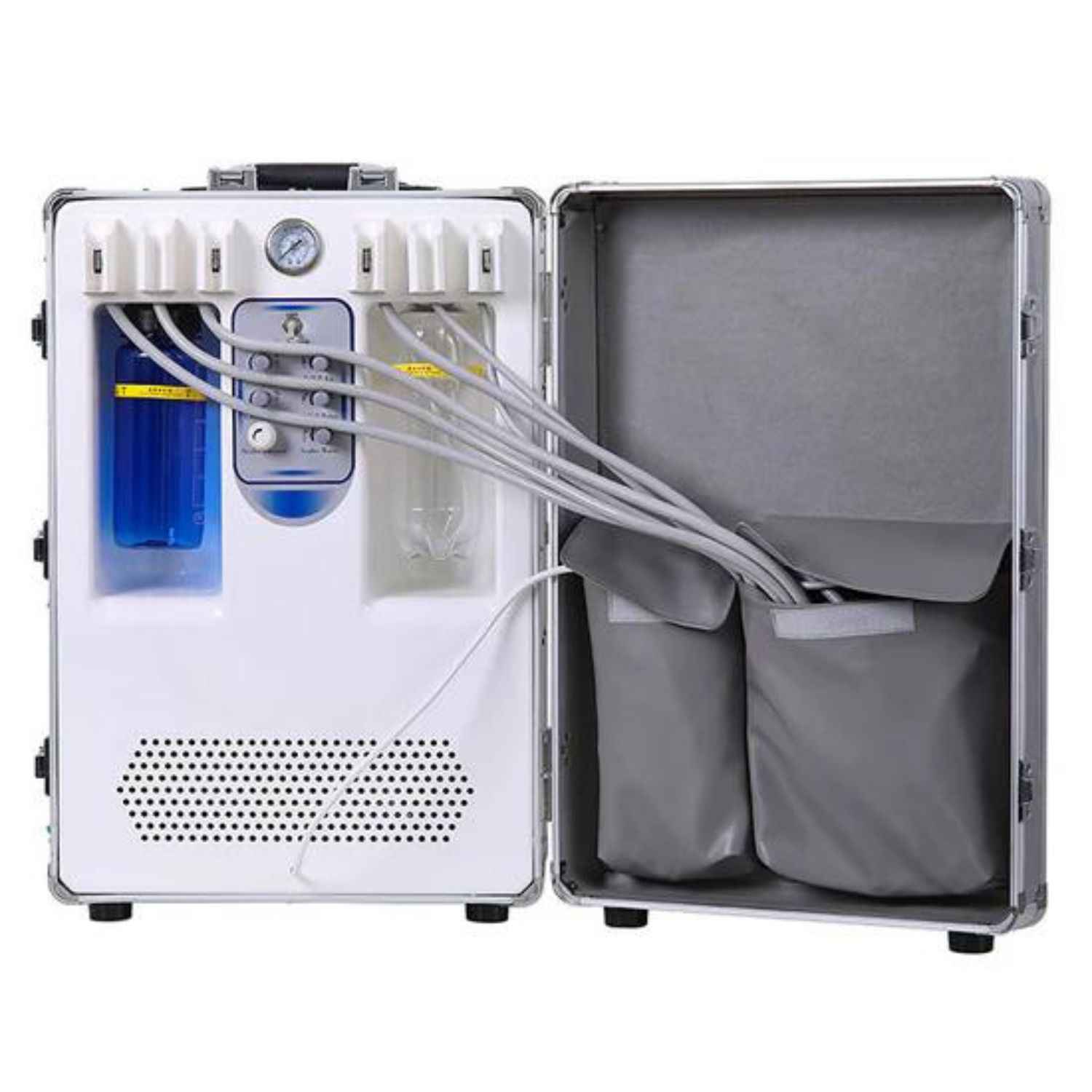The Benefits of All-on-4 Dental Implants: My Guide to a New Smile
In this article I will break down exactly what All-on-4 treatment is, how it works, and who it can help. If you are missing a full arch of teeth and are looking for a strong, permanent fix, then this is for you. We will explore one of the best tooth replacement options available today. Keep reading to see if the benefits of All-on-4 dental implants are the answer you’ve been searching for.
So, What Is the All-on-4® Treatment Concept?
Let's start with the basics. The All-on-4 treatment concept is a wonderful way to replace a whole row of teeth. Imagine getting a brand new, full set of teeth that are securely attached and don't come out. This procedure uses just four special dental implant posts to hold an entire arch of new teeth. It's a full-mouth solution that has brought back smiles to so many people. It’s an amazing leap forward in dentistry.
This idea was developed by Nobel Biocare, a leader in the field. The goal was to help people who have lost a lot of tooth structure or have significant bone loss. Instead of placing one dental implant for every single missing tooth, this method is smarter. The treatment offers a strong and stable foundation for a beautiful, permanent bridge. It’s a complete tooth replacement that can give you back the function and look of natural teeth.
How Do 4 Dental Implants Support a Full Arch of Teeth?
You might wonder, "How can only four posts hold up all my new teeth?" It’s a great question. The magic is in the placement. An oral surgeon doesn't just put them in a straight line. Instead, the implants are strategically placed in the jawbone where the bone is strongest. The two implants in the back, called the posterior implants, are put in at an angle. This special angle helps spread out the pressure from chewing. It makes the whole system very strong.
This smart design is the core of the all-on-4 treatment concept. The four implants act like anchors for your new teeth. Once the implants are placed in your upper or lower jaw, a custom-made bridge is attached to them. This bridge holds your new teeth and is screwed in place. It won't slip or move like a traditional denture can. These implants provide a solid base, letting you eat your favorite foods and smile with confidence again. The 4 dental implants per arch are all you need.
Are All-on-4 Implants Different from Traditional Dental Implants?
Yes, there are some key differences. A traditional dental implant is usually used to replace one single tooth. If you were missing a whole row of teeth, you might need many implants, maybe eight to ten per arch. This would mean more surgery and a much longer treatment time. It could also require more bone in your jaw, which some people don't have. This is where the All-on-4 dental implant shines.
The All-on-4 implant system uses fewer implants, which means the procedure is less invasive. Because the implants are placed in a special way, it often works even for people who have had some bone loss. This can help you avoid a separate bone grafting procedure. While both traditional dental implants and All-on-4 use a titanium implant that joins with the jawbone, the All-on-4 procedure is designed for a full arch replacement from the start.
What Are the Real Benefits of All-on-4 Dental Implants?
The biggest advantage is getting a full set of beautiful, non-removable teeth in a short time. Many people can get their implants the same day as their surgery, a concept often called "teeth in a day." This means you walk out of the office with a working set of teeth. The advantages of all-on-4 are truly life-changing.
Another one of the benefits of all-on-4 is improved oral health. A fixed bridge doesn't cover the roof of your mouth like a denture. This means you can taste food better. It’s also easier to clean around your new teeth, which is great for your gum health. Finally, a dental implant helps protect your jawbone. When you lose a tooth, the jawbone can shrink. A dental implant acts like a tooth root, keeping the bone strong and healthy. This is a huge long-term benefit for your whole mouth. These benefits of all-on-4 dental implants are hard to ignore.
What Happens During the All-on-4® Dental Implant Procedure?
The first step is a meeting with your dentist. We'll take pictures and scans of your mouth to make a plan. We need to see your jawbone and check your oral health. If you are a good fit, we schedule the implant surgery. During this one procedure, any remaining bad teeth are removed, and the oral surgeon will place 4 implants. Your gum will be stitched up, and a temporary bridge is often attached right away.
The dental implant surgery itself is a type of oral surgery. You will be comfortable and won't feel pain during the process. After the surgery, your jawbone and gum need time to heal. The titanium metal of the implant will fuse with your bone. This takes a few months. Once you are fully healed, your dentist will replace your temporary bridge with your final, permanent teeth, made just for you by a dental lab. To [learn more about our dental implant services], you can read our detailed guide.
Am I a Good Person for This All-on-4 Treatment?
Many people who need to replace a full arch of teeth can be great candidates. This treatment is perfect for those who are tired of a loose denture or who have many failing teeth. If you have been told you don't have enough bone for traditional implants, you should definitely consider all-on-4 treatment. Because of the angled posterior implants, we can often work with the bone you already have.
Of course, you need to have good general health. If you have issues like uncontrolled diabetes or gum disease, we will need to address those first. The best way to know for sure is to come in for a visit. We can look at your specific situation and see if an all-on-4 dental implant treatment is right for you. Your journey to exceptional dental health starts with a simple conversation.
Why Does This Treatment Concept Often Avoid Bone Grafting?
Bone loss is a common problem for people with missing teeth. For a long time, if you didn't have enough jawbone, you would need a bone grafting procedure before getting a dental implant. This meant extra surgery, more healing time, and higher costs. I've had patients who were discouraged by this extra step. The need for bone grafting can be a real barrier.
The All-on-4® treatment concept was designed to solve this problem. The two back implants are tilted. This allows the oral surgeon to use the dense bone that is often still present in the front of the jaw. By using this stronger bone, we can create a secure base without adding new bone material. This makes the all-on-4 dental implant a great option for more people and simplifies the entire process. Some complex cases may still need special zygomatic implants, but many patients can avoid grafting altogether.
How Do I Care For My New Permanent Teeth?
Caring for your new teeth is simple, but very important. You treat them much like natural teeth. You need to brush them twice a day with a soft brush. It's also vital to clean under the bridge to keep your gum tissue healthy. Your dentist will show you how to use special tools, like a water flosser or special floss, to clean these areas well. Good dental hygiene is key to making your new smile last a lifetime.
You will also need to see your dentist for regular check-ups and cleanings. We will check the implants and the bridge to make sure everything is working perfectly. We can also do a professional cleaning to reach any spots you might have missed. With good dental care, your All-on-4 dental implants may be a permanent solution to tooth loss. You can explore some of our high-quality dental care options on our website.
Are There Other Tooth Replacement Options I Should Know About?
Yes, it's always good to know your replacement options. If you are missing all of your teeth, a traditional denture is one choice. A denture is removable and rests on your gum. It is less expensive at first, but it can be unstable and cause sore spots. It also does not protect your jawbone from shrinking.
Another option is a bridge supported by traditional dental implants. This may require more implants, like six to eight per arch (sometimes called an All-on-6). This is a great solution but may require more bone and more surgery. For a single missing tooth, dental bridges or a single dental implant are best. Every person is different, and we can discuss all tooth replacement options to find the one that fits you best. We have many choices, including dental implants and bridges.
How Do I Find the Right Dentist and Oral Surgeon?
Choosing the right team for your all-on-4® dental implant procedure is the most important step. You need a dental implant expert with a lot of experience. Look for a dentist and an oral surgeon who have special training and a history of successful cases. Ask to see before-and-after photos of their patients. A good team will work together to plan your treatment from start to finish.
When you meet them, do you feel comfortable? Do they answer all your questions in a way you can understand? A good dentist will listen to you and make you a partner in your own dental care. Don't be afraid to ask about their technology and the materials they use. Getting a full new set of teeth is a big decision, and you deserve to feel confident in your team. If you'd like to meet our team, please [schedule an appointment] with us today.
Key Things to Remember
-
A Full Smile with Fewer Implants: The All-on-4 treatment uses just four implants to securely support a full arch of new teeth.
-
Avoids Bone Grafting: The special angle of the back implants often means you won't need a separate bone grafting surgery.
-
Quick Results: You can often leave your surgery appointment with a beautiful, functional set of temporary teeth the very same day.
-
Acts Like Natural Teeth: Your new teeth are fixed in place. You can eat, talk, and smile with confidence, and they help keep your jawbone healthy.
-
Care is Simple: You care for them with regular brushing and special cleaning, just like you would for natural teeth.
-
Choose Your Team Wisely: Finding an experienced dentist and oral surgeon is crucial for a successful outcome.

